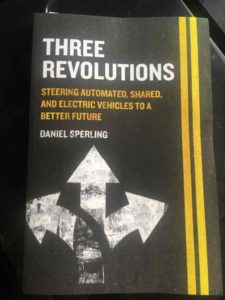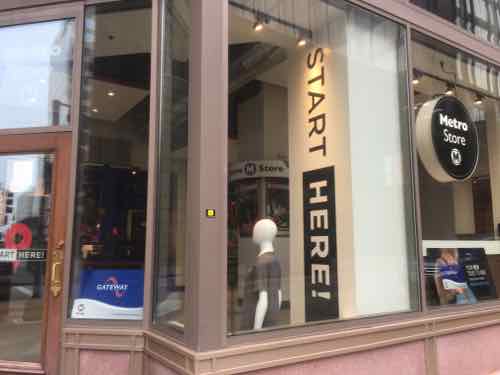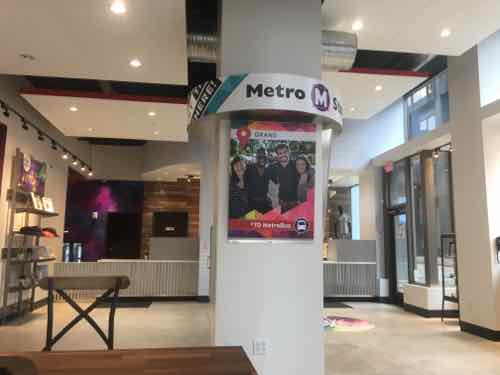New Book — Three Revolutions: Steering Automated, Shared, and Electric Vehicles to a Better Future
 There’s major change going on in transportation today — it is still undetermined if this change is a good thing. A new book from Island Press discusses the pros and cons:
There’s major change going on in transportation today — it is still undetermined if this change is a good thing. A new book from Island Press discusses the pros and cons:
For the first time in half a century, real transformative innovations are coming to our world of passenger transportation. The convergence of new shared mobility services with automated and electric vehicles promises to significantly reshape our lives and communities for the better—or for the worse.
The dream scenario could bring huge public and private benefits, including more transportation choices, greater affordability and accessibility, and healthier, more livable cities, along with reduced greenhouse gas emissions. The nightmare scenario could bring more urban sprawl, energy use, greenhouse gas emissions, and unhealthy cities and individuals.
In Three Revolutions, transportation expert Dan Sperling, along with seven other leaders in the field, share research–based insights on potential public benefits and impacts of the three transportation revolutions. They describe innovative ideas and partnerships, and explore the role government policy can play in steering the new transportation paradigm toward the public interest—toward our dream scenario of social equity, environmental sustainability, and urban livability.
Many factors will influence these revolutions—including the willingness of travelers to share rides and eschew car ownership; continuing reductions in battery, fuel cell, and automation costs; and the adaptiveness of companies. But one of the most important factors is policy.
Three Revolutions offers policy recommendations and provides insight and knowledge that could lead to wiser choices by all. With this book, Sperling and his collaborators hope to steer these revolutions toward the public interest and a better quality of life for everyone. (Island Press)
Here’s the main chapters so you can see the topics addressed:
Chapter 1. Will the Transportation Revolutions Improve Our Lives—or Make Them Worse? \ Daniel Sperling, Susan Pike, and Robin Chase
Chapter 2. Electric Vehicles: Approaching the Tipping Point \ Daniel Sperling
Chapter 3. Shared Mobility: The Potential of Ride Hailing and Pooling \ Susan Shaheen
Chapter 4. Vehicle Automation: Our Best Shot at a Transportation Do-Over? \ Daniel Sperling, Ellen van der Meer, and Susan Pike
Chapter 5. Upgrading Transit for the Twenty-First Century \ Steven E. Polzin and Daniel Sperling
Chapter 6. Bridging the Gap Between Mobility Haves and Have-Nots \ Anne Brown and Brian D. Taylor
Chapter 7. Remaking the Auto Industry \ Levi Tillemann
Chapter 8. The Dark Horse: Will China Win the Electric, Automated, Shared Mobility Race? \ Michael J. Dunne
You can preview selected pages on Google Books.
This book isn’t a utopian fantasy about how transportation will be. Instead it’s a very grounded review of problems we’ll face as technology forces change — and how we might navigate it. You can buy it directly from Island Press, Left Bank Books, Amazon (additional preview), or other retailers.
— Steve Patterson








